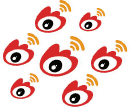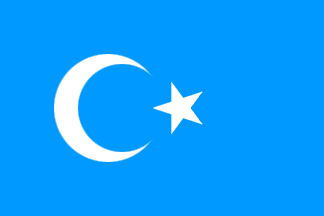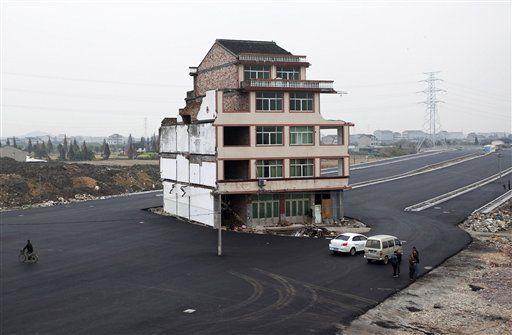china
Social Media Censorship in China
 Researchers at Harvard scraped Chinese social media sites to produce this fascinating analysis of censorship patterns: criticism of the Government and its leaders are actually OK, but grievances that spread virally or suggestions of collective action are removed within 24 hours.
Researchers at Harvard scraped Chinese social media sites to produce this fascinating analysis of censorship patterns: criticism of the Government and its leaders are actually OK, but grievances that spread virally or suggestions of collective action are removed within 24 hours.
The abstract follows (my emphasis added):
“We offer the first large scale, multiple source analysis of the outcome of what may be the most extensive effort to selectively censor human expression ever implemented. To do this, we have devised a system to locate, download, and analyze the content of millions of social media posts originating from nearly 1,400 different social media services all over China before the Chinese government is able to find, evaluate, and censor (i.e., remove from the Internet) the large subset they deem objectionable.
Using modern computer-assisted text analytic methods that we adapt and validate in the Chinese language, we compare the substantive content of posts censored to those not censored over time in each of 95 issue areas. Contrary to previous understandings, posts with negative, even vitriolic, criticism of the state, its leaders, and its policies are not more likely to be censored. Instead, we show that the censorship program is aimed at curtailing collection action by silencing comments that represent, reinforce, or spur social mobilization, regardless of content. Censorship is oriented toward attempting to forestall collective activities that are occurring now or may occur in the future — and, as such, seem to clearly expose government intent, such as examples we offer where sharp increases in censorship presage government action outside the Internet.”
You can download the full paper here.
Always interesting are the clever ways Chinese bloggers route around automated keyword filters using images, puns, and “homographs” — characters with different meanings that have similar shapes. This results in some massive “community management” mechanics: much censorship is largely manual labor on the part of hundreds of thousands of Internet police and “50 cent party members.”
I also find echoes of the Chinese censorship pattern resonate in the U.S. media landscape (including the design literature) though not as explicit censorship, per se. While criticism, dissent and rebellion are celebrated, commodified and institutionalized here (“Maverick for President!”), grievances that have potential to mobilize or stories about political organizing or collective action potential are harder to come by.
Related: see his fascinating post on the invasion of China and Taiwan by the roman letter Q.
In other news, today the building will be lit red and yellow in honor of the 60th anniversary of communist China.
Uyghurstan

The Kökbayraq is a flag without a country.
Seen at protests around the world in recent weeks, the flag is used by Uygur nationalists in the East Turkestan independence movement and the more militant East Turkestan Islamic Movement and East Turkestan Liberation Organization. The flag is banned in China.
The design has its origins in two briefly independent republics. In 1933, when the Chinese central government had de facto ceased to exist, the Islamic Republic of Eastern Turkestan declared independence. It collapsed the following year, though a second Republic won independence a decade later with Soviet support. It was crushed in 1949 by the People’s Liberation Army of Communist China, when it became designated “Xinjiang Uyghur Autonomous Region.”
Typographic Diplomacy
 AFP reports that the President of Taiwan today suggested that Taiwan adopt the simplified character set used in mainland China. The choice of script is clear political signal to Beijing towards reconciliation. The pro-Independence party is none too pleased. The Taiwanese-government funded Central News Agency is less alarmist, reporting that the President really encouraged learning simplified characters along side traditional characters.
AFP reports that the President of Taiwan today suggested that Taiwan adopt the simplified character set used in mainland China. The choice of script is clear political signal to Beijing towards reconciliation. The pro-Independence party is none too pleased. The Taiwanese-government funded Central News Agency is less alarmist, reporting that the President really encouraged learning simplified characters along side traditional characters.
In last summer’s article on Typography and Nationalism about countries switching scripts, I included this bit about the simplified script:
Chinese script reform has its roots in the 19th century, but Mao Zedong gave it the force of law. (Mao, a calligrapher himself, must have been keenly aware of the power of type.) A month after taking power in 1949, the Communist Party established the Language Reform Committee to simplify written Chinese. The move was intended to promote literacy and unify the nation, but it also worked to crush the many local languages within China’s borders.
The Nationalist-led government of Taiwan, however, never adopted the simplified characters preferring instead to continue using the traditional script. The choice of type has since marked a key cultural wedge between Taiwan and China.


